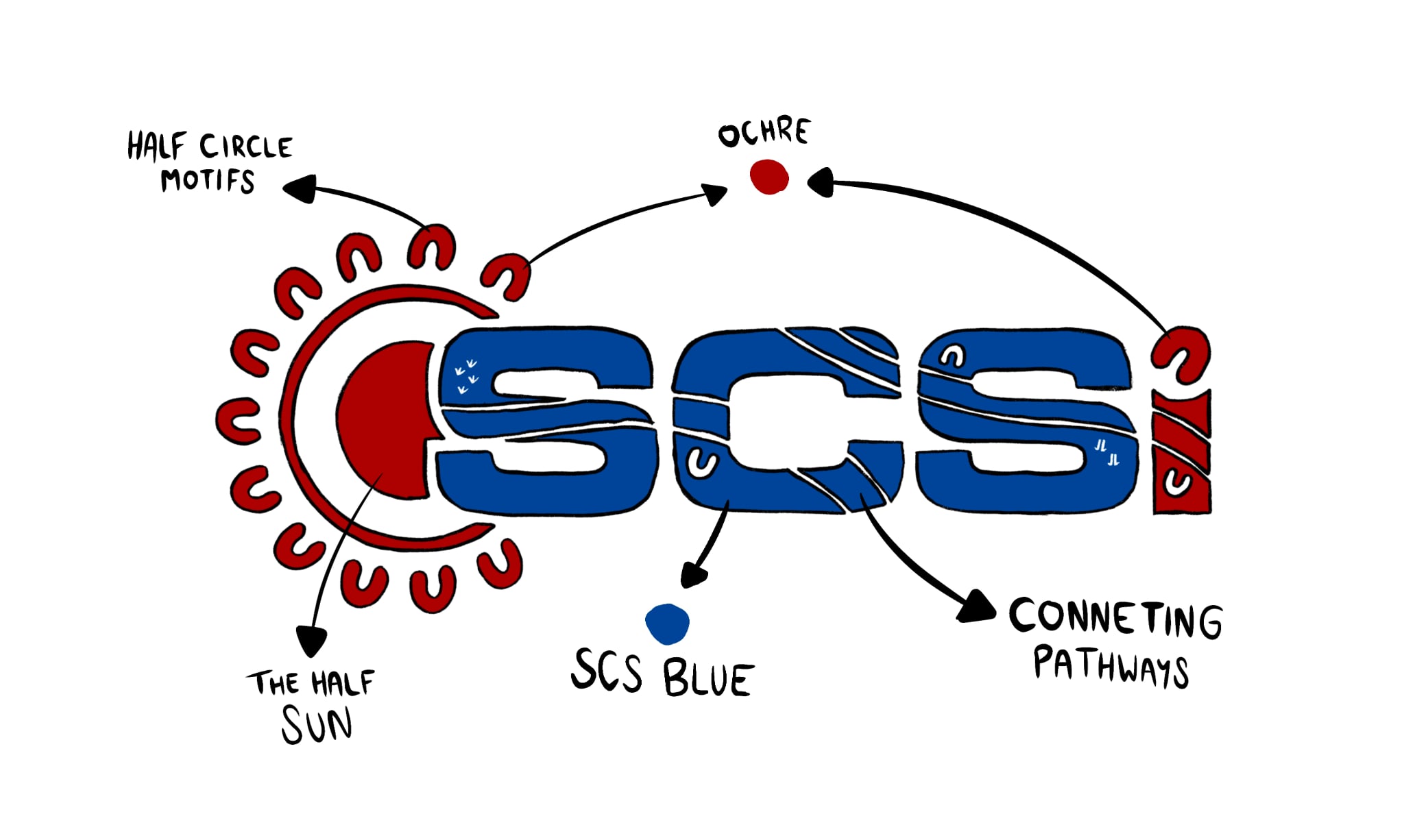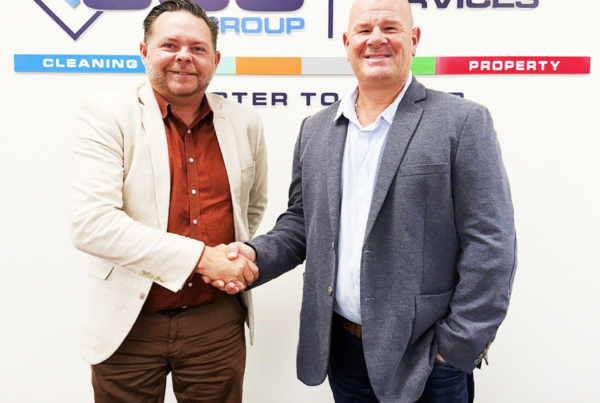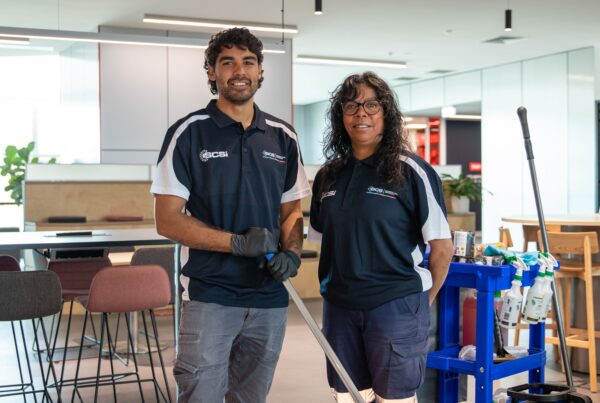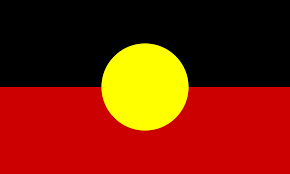Our logo was designed by Keagan Malia, a proud Wamba Wamba man from Swan Hill. After completing Year 12, Keagan pursued his passion for art through Graphic Design at RMIT University in Melbourne. Soon after, he began his career at Kinaway Chamber of Commerce, where his skills and appreciation for cultural heritage have continued to grow.
I’ve had the privilege of mentoring Keagan for more than five years — first helping him secure that role, then encouraging him to take the leap into starting his own design business, Neonic. Over time, that relationship became about more than business. It was about confidence, resilience, and creating space for his creativity to shine. Designing the SCSi logo was not just a project for Keagan — it was an honour and a way to contribute to my journey, just as I’ve been part of his.
When I shared my vision for SCSi — the ochre of Gariwerd, the stories of Bunjil, and the role of culture in shaping who we are — Keagan listened deeply and translated that vision into a design filled with meaning.
- Ochre Colours: Drawn from my Country, Gariwerd. Ochre is sacred in First Nations tradition — used for ceremony, storytelling, and art. It symbolises connection to Country, identity, and belonging.
- Half-Circular Motifs: Represent meeting places — sacred spaces where people come together, share knowledge, and build relationships. For SCSi, they reflect our commitment to collaboration and connection.
- The Half Sun: A giver of life — warmth, light, and growth. In Dreaming stories, the sun brings the world to life each day, ensuring survival and continuity.
- Connecting Pathways: Symbolise the journeys of our people, the routes between communities, and the employment pathways SCSi is building today.
- Dot Work: A reminder of our storytelling traditions — from stars above to patterns in the land. Each dot represents resilience, culture, and vision.
Together, these elements form more than a logo. They tell the story of SCSi — a proud First Nations business grounded in culture, walking with community, and building pathways for generations to come.







